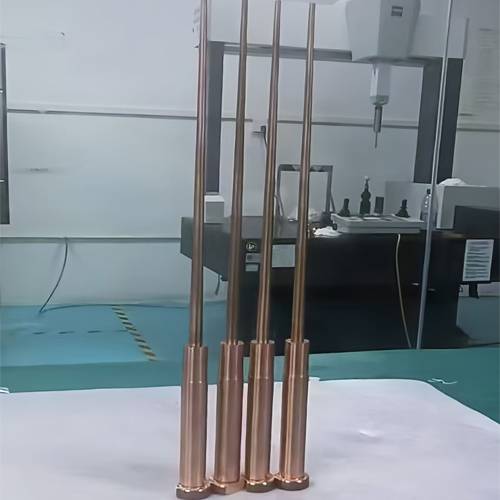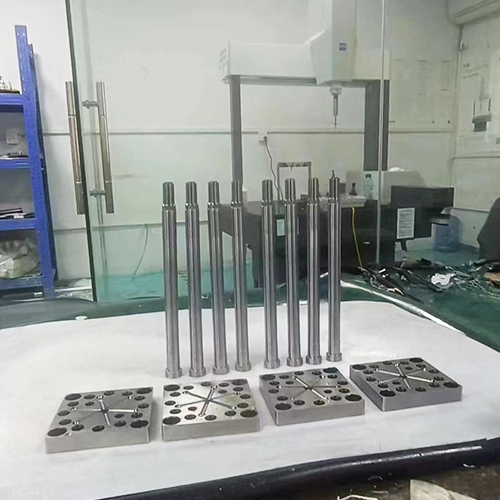What Are Mold Inserts?
Mold inserts are an important part of mold design and manufacturing. They usually refer to independent small modules inserted into the cavity or core part of the mold to form a specific shape or feature on the product. The following is a detailed introduction of mold inserts by Hairong high precision mold manufacturers.
1. Definition
Mold inserts are small independent components used in the mold cavity to form the local shape of the product. They can be simple shapes, such as round or square, or complex geometric shapes.
2. Materials
Mold inserts can be made of a variety of materials, including but not limited to:
Steel: The most commonly used material due to its strength and durability.
Aluminum alloy: Lightweight, good thermal conductivity, suitable for molds that require rapid cooling.
Tungsten steel: Used in applications that require high wear resistance.
Plastic: Used in certain low-load or one-time use situations.

3. Types
Fixed inserts: Inserts that are permanently fixed in the mold, usually processed as one piece with the mold.
Replaceable inserts: Inserts that can be replaced or removed as needed, facilitating rapid replacement and maintenance of the mold.
Active inserts: Inserts that can be moved for more complex shapes or functions.
4. Applications
Molding of complex shapes: When a product requires complex geometric shapes, it can be more easily achieved using inserts.
Addition of local features: Local features such as threads, patterns or text can be molded by inserts.
Material substitution: In some cases, inserts of different materials can be used for cost or performance considerations.
5. Advantages
Cost-effectiveness: Molding inserts can reduce costs compared to overall processing.
Design flexibility: Inserts allow designers to have more flexibility in mold design.
Easy maintenance: When an insert is damaged, only the insert needs to be replaced instead of the entire mold.
Increase in production efficiency: Replaceable inserts can reduce mold replacement time and improve production efficiency.

6. Design considerations
Positioning of inserts: Make sure the insert is correctly positioned in the mold to ensure product accuracy.
Thermal expansion: Consider the thermal expansion coefficients of different materials to avoid deformation at high temperatures.
Cooling and heating: Inserts may require independent cooling or heating systems to control the molding process.
Stress concentration: Avoid stress concentration in the insert design, which may cause cracking or deformation.
7. Manufacturing process
Processing: According to the design drawings, inserts are manufactured using technologies such as CNC, wire cutting or EDM.
Heat treatment: Necessary heat treatment is performed to improve the hardness and wear resistance of the insert.
Surface treatment: May include plating, polishing or coating to improve corrosion resistance and wear resistance.
Conclusion:
Mold inserts are an important means to improve the functionality and economy of molds. Through reasonable design and manufacturing, inserts can significantly improve the performance of molds and the production efficiency of products. With the development of manufacturing technology, the application of mold inserts will be more extensive, bringing more possibilities to the mold industry.
The design and application of mold inserts is a multidisciplinary field involving multiple aspects such as material science, mechanical design, and manufacturing processes. In practical applications, it is necessary to make comprehensive considerations based on specific product requirements and production conditions.
high precision mold manufacturers injection molding inserts molding insert mold inserts


